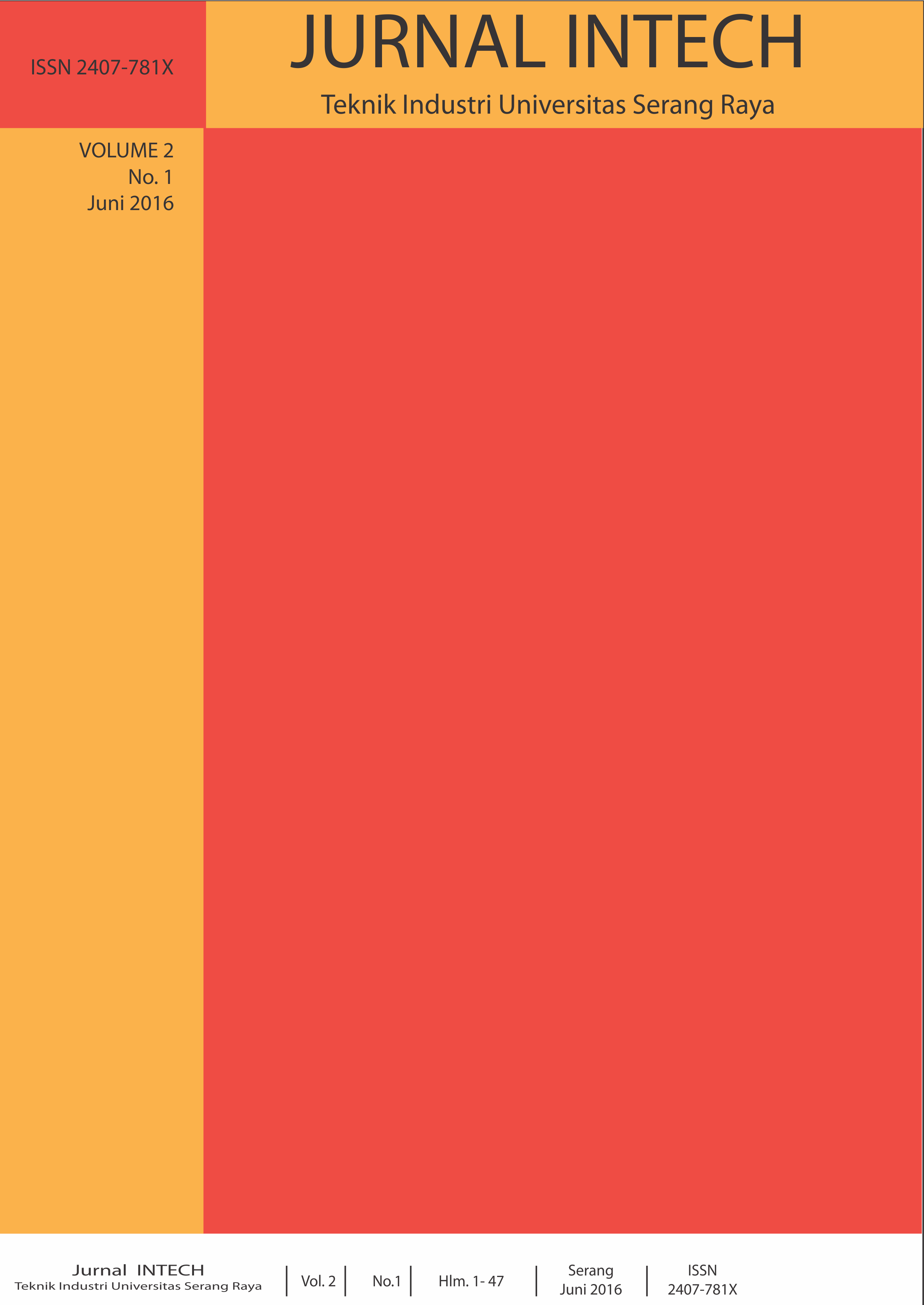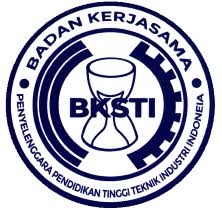Analisis Defect pada Hasil Pengelasan Plate Konstruksi Baja dengan Metode Six Sigma
DOI:
https://doi.org/10.30656/intech.v2i1.857Keywords:
Defects, DMAIC, Quality, Six SigmaAbstract
From the observations on the construction company, the plate welding defects in steel construction often appear eight types of defects in the form of porosity, Under Cut, Overlap, Porosity, Underfill, Slag, Inclusion, Pin Hole, End Crater, Start Stop. This study aims to determine the types of defects that often appear, find out the causes and provide remedial solutions. This study uses six sigma methods with the stages of DMAIC (Define, Measure, Analyze, Improve, Control). Based on data processing obtained defects in the welding results that often appear namely undercut, porosity, overlap, underfill, spatter, pinhole, end crater, and start-stop. Found the dominant defect of processing Pareto diagrams in the form of Undercut 29%, Overlap 21%, Spatter 18%, Porosity 8%, all four types of defects reached 76%. Factors that cause defects in the welding results are seen from the aspects of the machine, human, method, material, and environment, namely the ampere in the machine that has been unstable, the operator is exhausted, the operator is less skilled, adjusting the ampere in the welding is too large, lack of cleaning, the distance of the bow is too far, the material is dirty, the material is wet, the environment is less comfortable, and the wind blows around the welding area. Some improvements that can be done are checking equipment before work begins, repairing pre-welding preparations in the form of cleaning the material to be carried out welding work, fixing welding techniques, increasing discipline and work motivation and the area to be carried out welding work must be covered with waterproof tarpaulin and the wind is protected from wind and rain. The improvement results can reduce the DPMO value from 51841 to 35377, and an increase in the sigma value from the initial sigma by 1.7 to 2.1.Downloads
References
Antony, J. (2006). Six sigma for service processes. Business Process Management Journal, 12(2), 234–248.
Antony, J., Kumar, M., & Tiwari, M. K. (2005). An application of Six Sigma methodology to reduce the engine-overheating problem in an automotive company. Proceedings of the Institution of Mechanical Engineers, Part B: Journal of Engineering Manufacture, 219(8), 633–646.
Banuelas, R., & Antony, J. (2004). Six sigma or design for six sigma? The TQM Magazine, 16(4), 250–263.
Gamal Aboelmaged, M. (2010). Six Sigma quality: a structured review and implications for future research. International Journal of Quality & Reliability Management, 27(3), 268–317.
Pyzdek, T., & Keller, P. A. (2014). The six sigma handbook (Vol. 4). New York: McGraw-Hill Education.
Silich, S. J., Wetz, R. V, Riebling, N., Coleman, C., Khoueiry, G., Abi Rafeh, N., … Szerszen, A. (2012). Using six sigma methodology to reduce patient transfer times from floor to criticalâ€care beds. Journal for Healthcare Quality, 34(1), 44–54.
Downloads
Published
Issue
Section
License
Copyright (c) 2016 Rohimudin Rohimudin, Gerry Anugrah Dwiputra, Supriyadi Supriyadi

This work is licensed under a Creative Commons Attribution-ShareAlike 4.0 International License.









.png)
.png)
.png)



.png)

.png)
